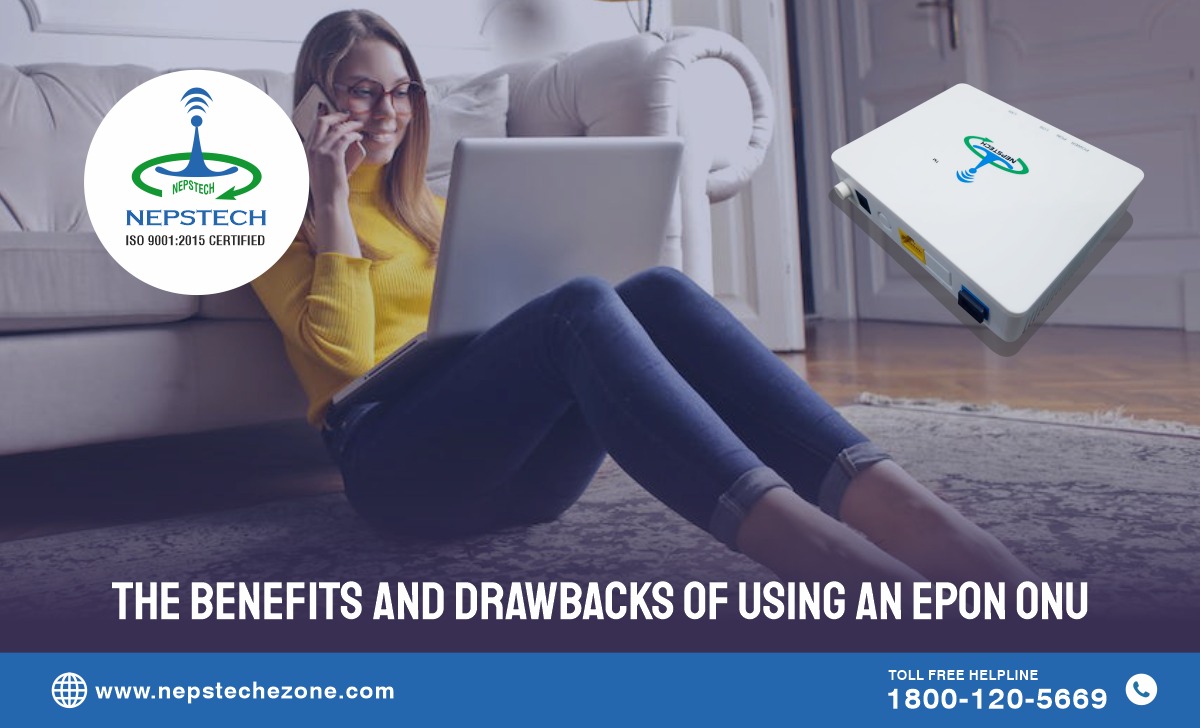-
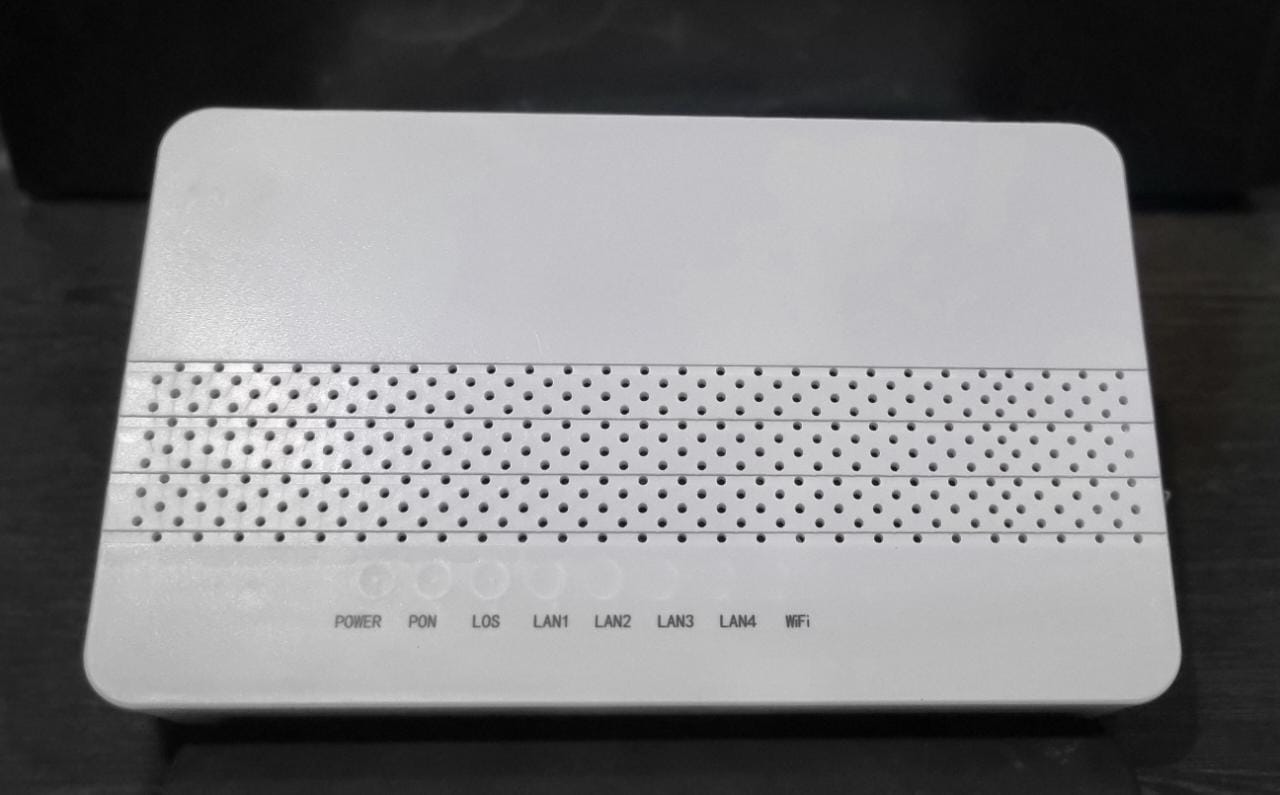 SINGLE BAND INBUILT ANTENNA (1GE+3FE+1POTS+300M WIFI)
3 ×
Rs.975.00
SINGLE BAND INBUILT ANTENNA (1GE+3FE+1POTS+300M WIFI)
3 ×
Rs.975.00
-
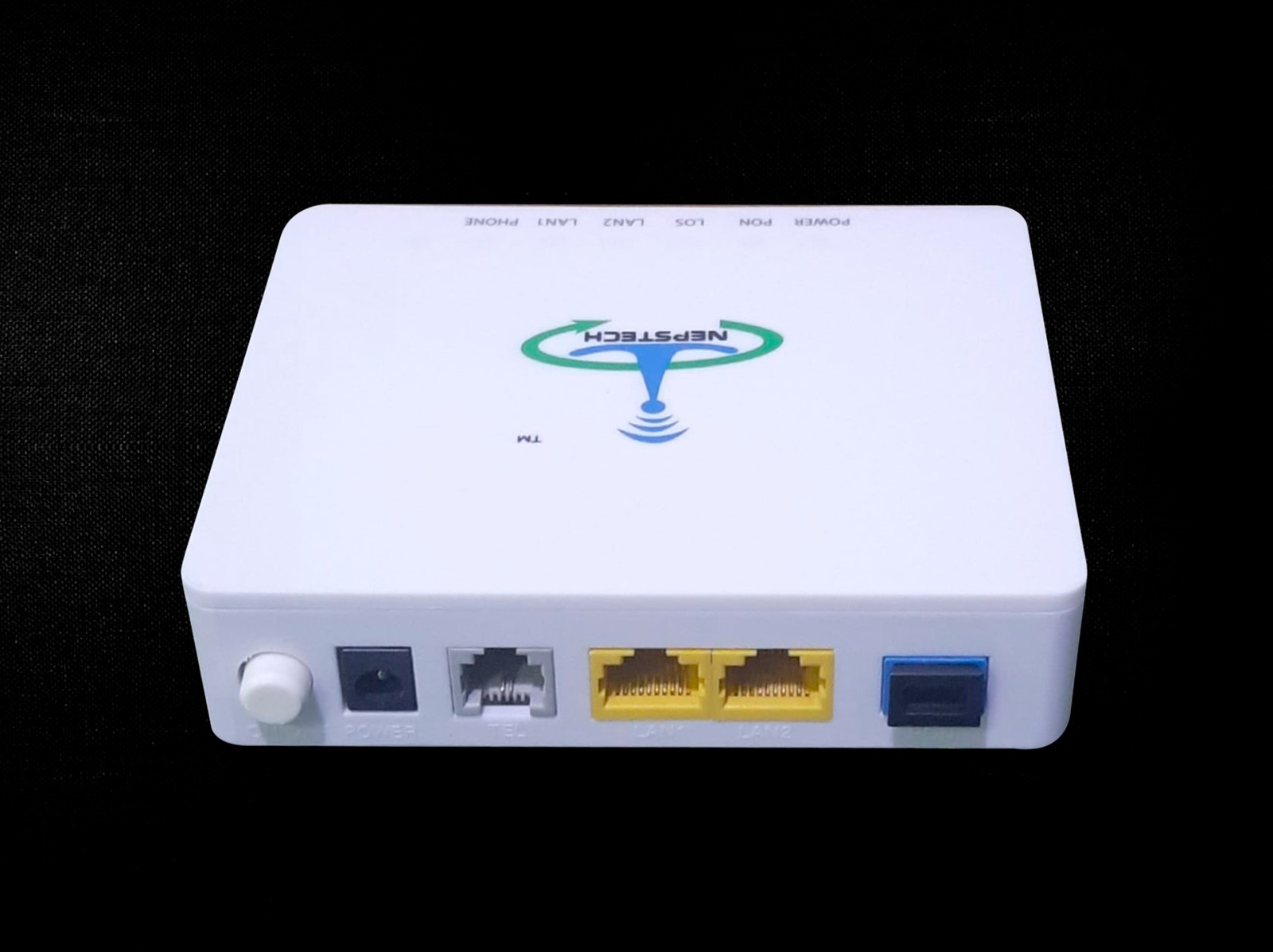 VOICE XPON 1GE+1FE+1POTS
10 ×
Rs.900.00
VOICE XPON 1GE+1FE+1POTS
10 ×
Rs.900.00
-
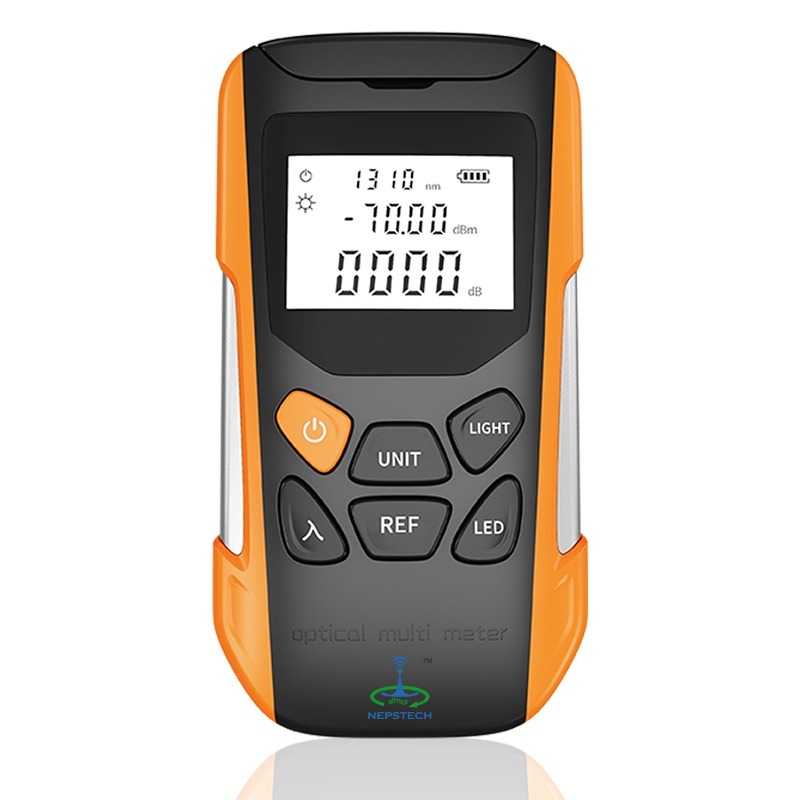 Optical power meter
2 ×
Rs.2,000.00
Optical power meter
2 ×
Rs.2,000.00
-
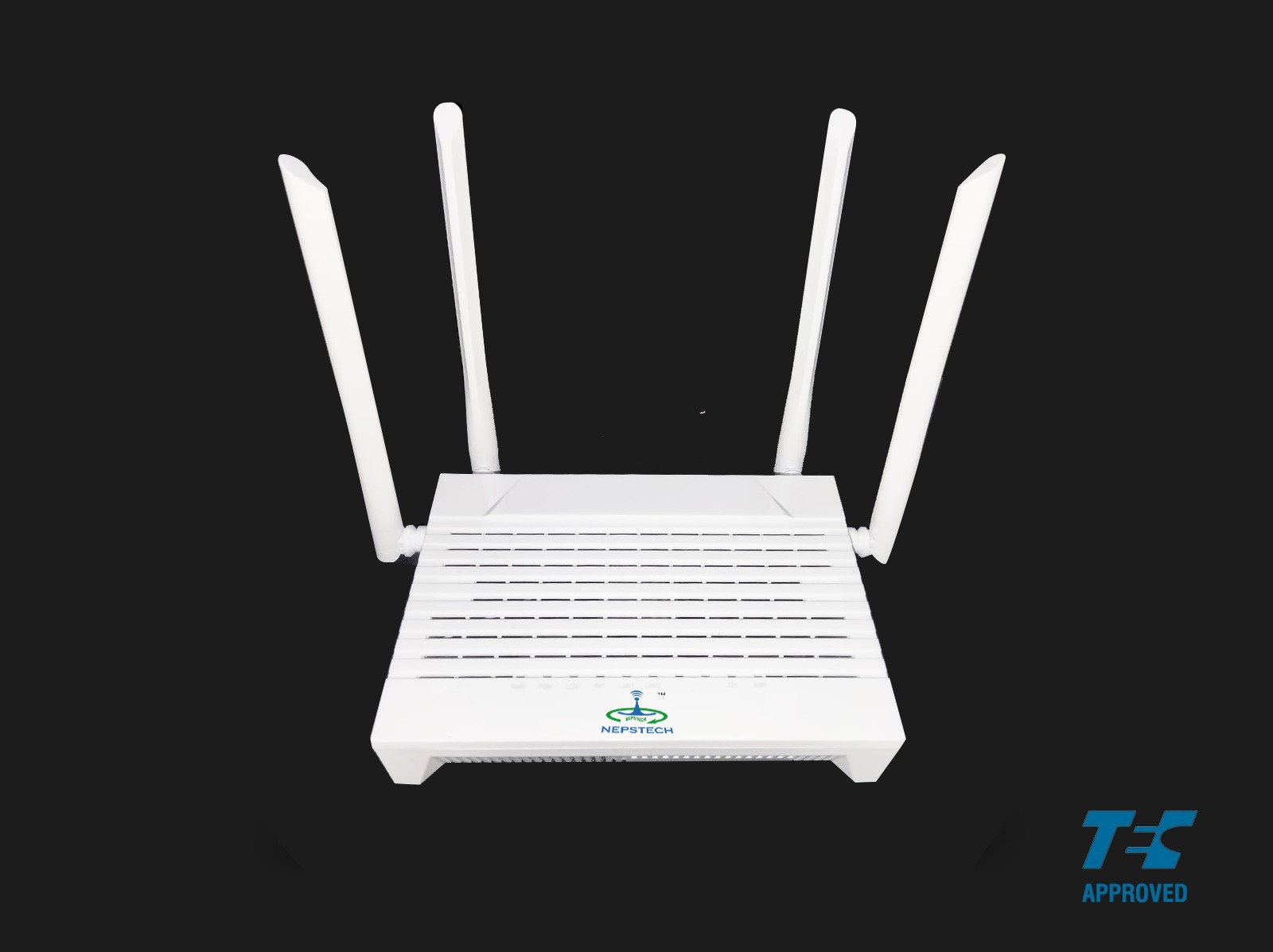 DUAL BAND XPON ROUTER 4 ANTENNA (TEC Certified)
6 ×
Rs.2,250.00
DUAL BAND XPON ROUTER 4 ANTENNA (TEC Certified)
6 ×
Rs.2,250.00
-
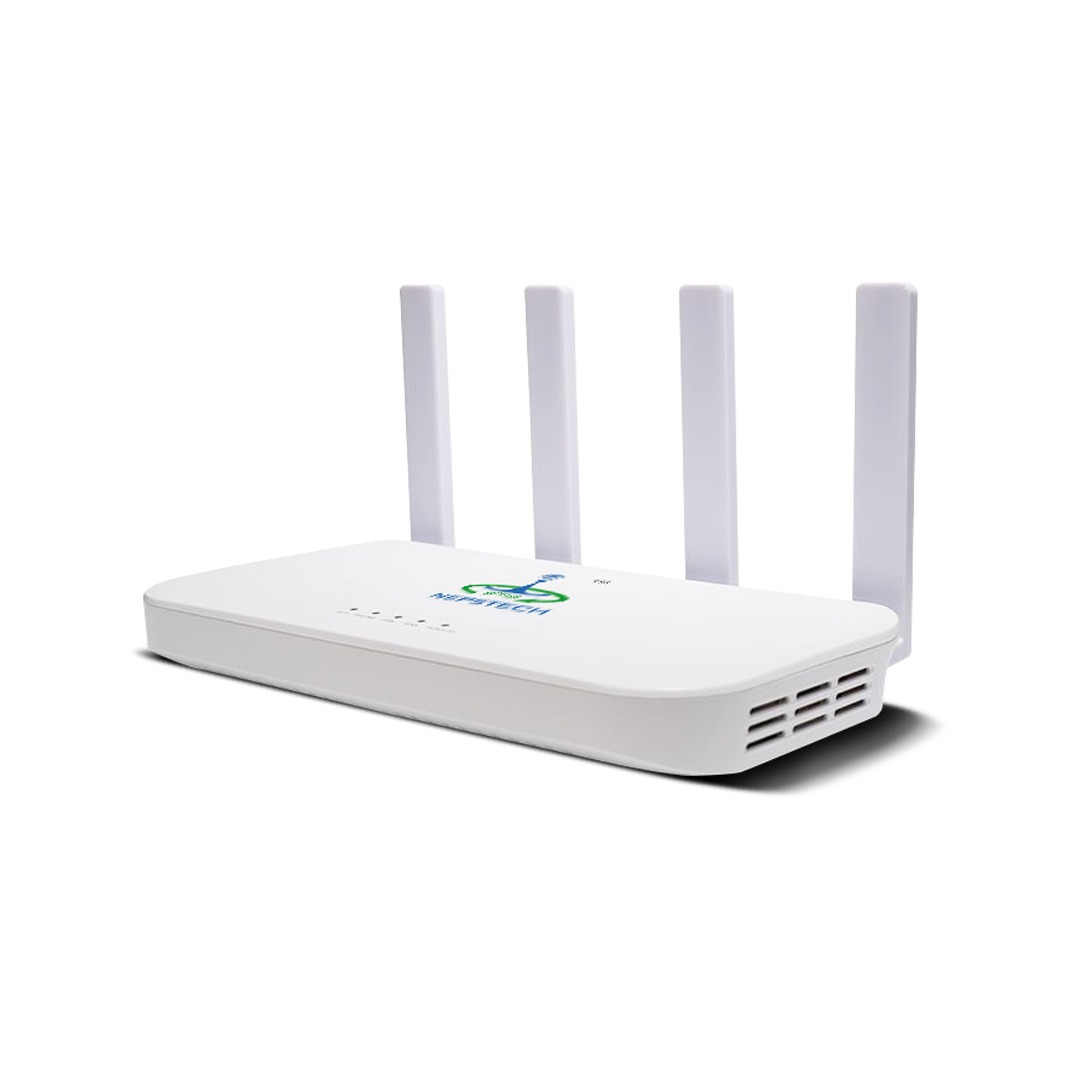 Wifi 6 router
9 ×
Rs.3,600.00
Wifi 6 router
9 ×
Rs.3,600.00
-
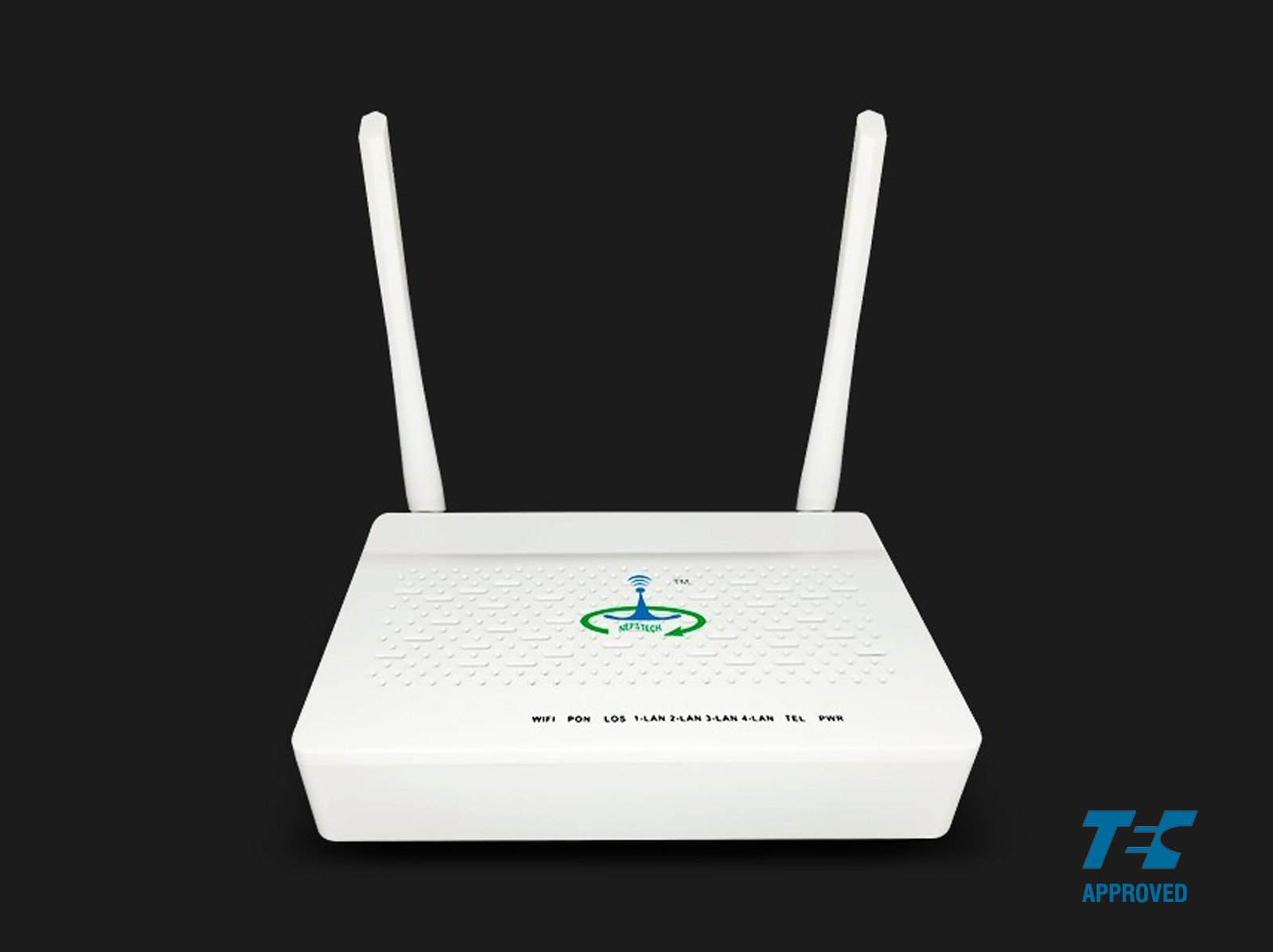 Single band xpon router (TEC Certified)
1 ×
Rs.1,450.00
Single band xpon router (TEC Certified)
1 ×
Rs.1,450.00
Subtotal: Rs.63,275.00

